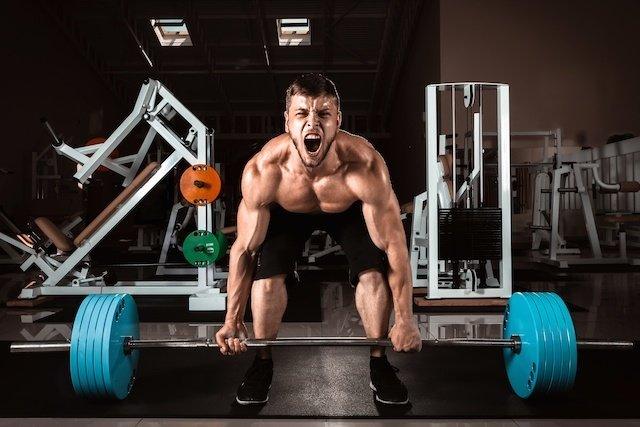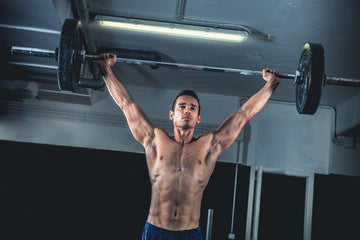

Workout Techniques - The Science of Muscle Growth - Full Range of Motion
Table of Contents
Guys in the gym love to load up the calf machine and do quarter reps and half reps! Researchers from Italy examined the effect of range of motion at different loads on the electromyographic (EMG) activity during military press. Six experienced lifters performed 3 sets of 10 repetitions, each one with a different ROM: the first one with a final elbow angle of 90° (R1); the second with 135° (R2), and the last one with a final elbow angle of 180° (R3). Basically, the 90 degree was a partial rep, the 135 degree angle was a incomplete or almost locked out position, and the 180 was a full range of motion from the bottom all the way till the arms were locked out. Not surprisingly, the execution of a complete ROM elicited the greatest deltoid EMG activity together with the trapezius showing their synergic activation. There was a decrease of deltoid EMG activity together with a parallel decrease of the trapezius activity suggests not to perform the military press with partial elbow ROM, the Intermediate ROM (R2) where the elbow did not completely lock out does not reduce EMG activity of the deltoid but significantly reduces electrical activity of the upper traps. So the based on this study, using partial or intermediate reps is not going to fully activate the deltoids and trapezius muscle like doing a full range of motion. Using a full range of motion is going to activate more muscle fibers and lead to better muscle growth.
















